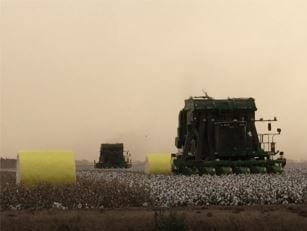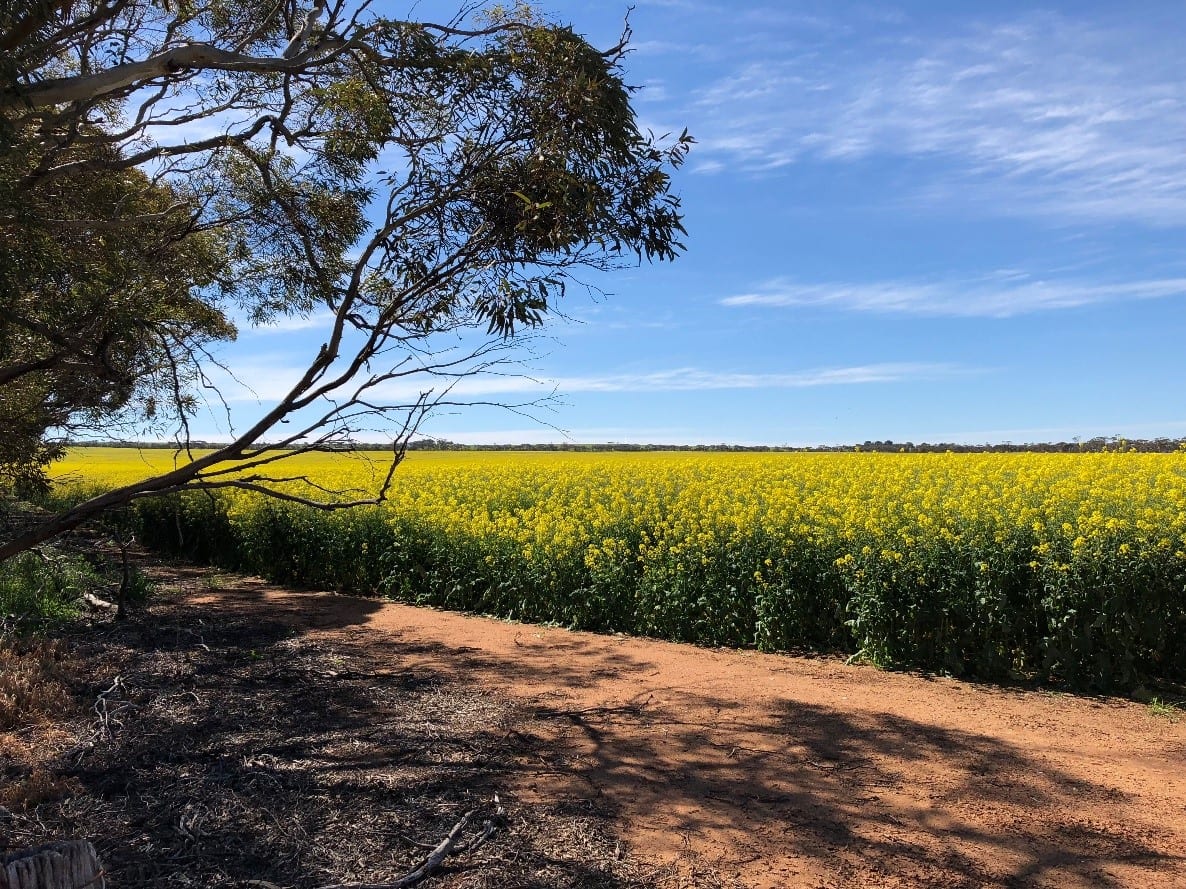
23 Jul Observations of an Agribusiness Debt Advisor
- Thanks to quantitative easing measures, borrowing rates out to 3 years has dropped dramatically. Both in terms of cost of funds for banks (and to some specialised lenders) and to borrowers.This may be strikingly evident with the new loans being written, but a vast majority of the bank’s “back book” (loans already written) have not fallen in sequence. Putting it retrospectively, pricing is always a determination of credit quality and risk weighting. But if the borrower’s credit profiling has not altered with COVID, then an opportunity to reprice your loans could be available with some surprisingly positive results.
In context, we have recently achieved “all up” pricing between 1.85% to 2.75% for our small to medium enterprise agribusiness and commercial borrowers.
- With so many lending policy adjustments, dramatic newsprint headlines and government intervention measures, many borrowers have lost sight of their borrowing capacity.Confusing signals are being filtered into the borrowing sector of the commercial and agribusiness community which have been compounded by bankers even being blindsided with credit on various submissions. This misinformation can lead into apprehension of critical expenditure or investment. When properly informed, this resistance quickly dissipates into views of opportunity when borrowing power is properly presented.
We continually gauge the responses from our pre credit analysis to ascertain the tone and sentiment towards the borrower’s views on their own personal borrowing position and capability.
- There has been an incredible rush to expansion and investment with the broader farming community. This is even more striking given that we have only just emerged from the drought (with an incredible strong start to the season) and the first revolution of seasonal production sales has yet to hit the bank accounts.The bolt off the blocks has been driven by such low interest rates, pent up ambition to expand (but held back by the drought) and strong commodity prices. Knowing that this season is most likely going to a financial windfall on a low interest rate environment, we cannot see this demand abating any time soon.

- With reference to the point above, rural property prices continue to head north. The headline in the Australian Financial Review dated 20th July 2020 says it all. “Prime farmland smashes equities with 15pc return”.
With rising farm values comes stronger security and equity positions, both of which are partially contributing towards improved credit profiling of the borrowers.The primary driver for bank engagement within agricultural circles is to secure capital for expansion (property acquisition and / or investment in capital expenditure.
- In support to this underlying fundamental regarding growth in agricultural investment interest is the overarching support from the banking fraternity. The non-correlated attributes agriculture maintains over its rival industries is demonstrated once again.Agriculture holds its position on the bank’s balance sheet as a counter cyclical exposure. When the world goes sideways, agriculture steps up. But some of the banks are being selective as they work through their own internal issues whilst other lenders are being more strategic to strike and take advantage of the industry’s upswing.
Neither position removes or alters the need for borrowers to prudently identify and manage risk within a framework that satisfies the bank’s criteria.
- Long timelines and patience are required for all credit submissions. The length of the timeline tail is highly correlated to the quality of the borrower’s presentation to the banking fraternity. The dissemination of data required is extensive and comprehensive.Any attempts to shortcut the presentation of the credit submission will place you at the back of the queue. It will also undermine the timeliness; the probability of approval and the pricing / terms of any loan being offered.
- Even commercial lending has a strong reach into the banking system. COVID has now played out for long enough for lenders to understand which industries and enterprises have been compromised through enforced government intervention, and which are not.Even on a case by case scenario, there are exceptions to these rules if business owners or management, under astute guidelines, have steered a path that has mitigated or removed COVID risk from the credit analysis.



Sorry, the comment form is closed at this time.